Jan Bułhak was born on October 6, 1876 in Ostaszyn, near Navahrudak, at that time Russian Empire now Belarus.
From 1888 till 1897 he studied at Russian classical gymnasium (a pre-Revolution secondary public school of the Russian Empire) in Vilnius. In 1897, he entered Jagiellonian University in Krakow where he studied literature, history and philosophy, but did not graduate because of lack of money.
Jan Bułhak was a prominent photographer, theoretician, critic and journalist. He is considered to be the father of Polish photograph and considered to be a pioneer photographer in Poland, present-day Belarus and Lithuania. He is also known as an ethnographer and folklorist.
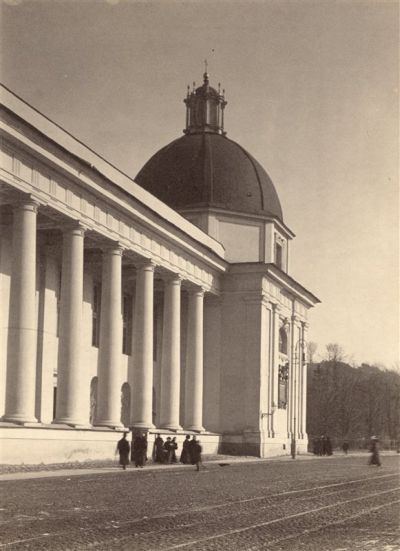
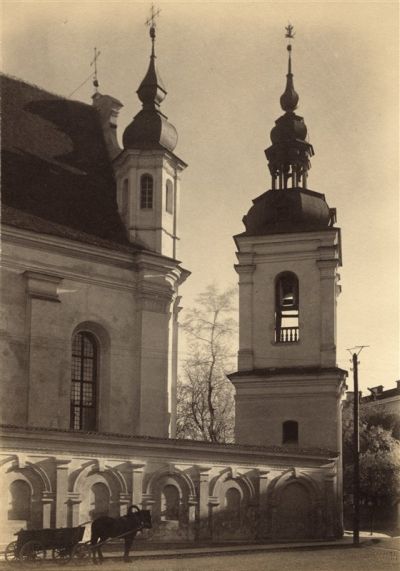
In the beginning, he learnt photography from Bolesław Ignacy Domeyko, a photographer from Navahrudak. He only became an active photographer around 1905, after being gifted his first camera by his wife. He then started by amateur photographs but later began to publish his works in various Polish magazines. He learnt from Bolesław Ignacy Domeyko, a photographer from Navahrudak.
In 1908, Bułhak created a darkroom of his own in Peresieka. In December, he made his debut and won the main award at the photo competition run by Życie Ilustrowane (“Illustrated Life”), a weekly supplement to Kurier Litewski (“Lithuanian Courier”).
In 1910, Jan Bułhak participated for the first time in the World Photo Exhibition in Brussels. He corresponded with the Paris Photoclub and the French photographers Emil J. Constant Puyo, Robert de la Sizeranne, and Léonard Misonne. Two issues of the Berlin Photographische Mitteilungen (“Photographic News”) in 1910 published his images. Bułhak sent his pictures and news stories to the Warsaw magazine Ziemia (“Earth”) as well as to the Polish Local Lore society. He published many translations and articles in Polish magazines and inculcated the aesthetics of Pictorialism in the minds of his readers.
From November 1910, Bułhak regularly contributed his writings on photography to the monthly Fotograf Warszawski (“Warsaw Photographer”). He also soon began contributing to Tygodnik Wileński (“Wilno Weekly”) (up to 1939), and Deutscher Almanach (“German Almanac”).
During the same year, he met Ferdynand Ruszczyc, a Polish painter, printmaker, and a professor at the Fine Arts Department of the Vilnius University. Ruszczyc helped Bułhak to move to Vilnius. Though Bułhak’s views on art was inspired by French aesthetics, which meant his views had already formed, Ruszczyc helped to turn the amateur photographer into a professional by teacjing him some specific techniques of composition to perceive nature and architecture.
In 1911, Bułhak organised a photo-exhibition in Minsk. He participated in a photo exhibition in Ciechocinek, Poland; and received an honorary diploma in the category of artistic portraits at a contest in Antwerp. In the same year, Bułhak was asked to hold the position of “city photographer” upon Ruszczyc’s suggestion that the Vilnius city council should create the position. Thus, Bułhak became the Vilnius city photographer, and photography became his main business.
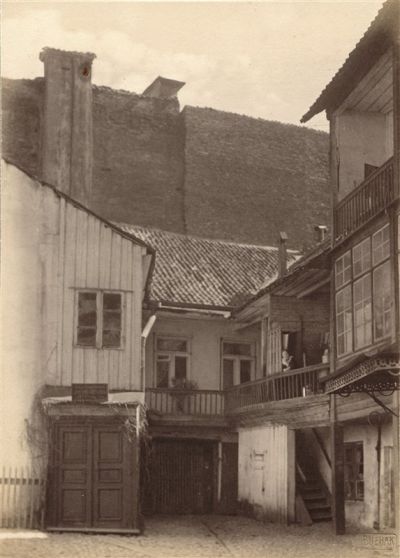
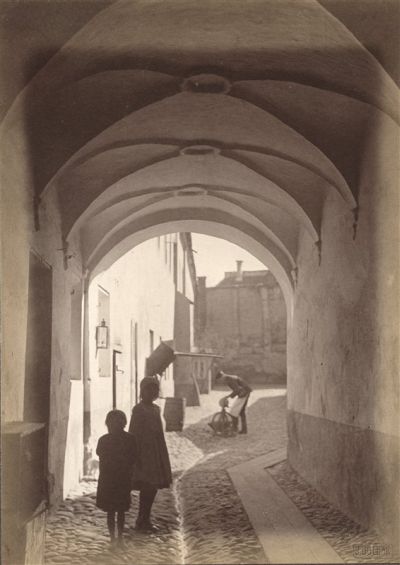
In 1912, he moved to Dresden to study photography at Hugo Erfurth class. After returning to Vilnius he began his professional career as a photographer.
In 1912, he opened a photographic studio at 12 Portovaya Street, Vilnius. Between 1912-19, he specialised in documenting the architecture of Vilnius (at the time located within Polish borders), and later other cities in Poland (e.g. Warsaw, Lublin), surpassing the typical visual document cataloguing method, and occasionally deliberately inclining towards an abstract image. He created 158 albums in total, including Poland in the Photographs of Jan Bułhak / Polska w obrazach fotograficznych Jana Bułhaka.
In 1919-1939, he worked as a pedagogue. He was the head of the Department of Artistic Photography at the Fine Art Faculty of the Stefan Batory University in Vilnius. During 1920s, he was a prominent figure in the photographic scene in Poland.
He was one of the co-founders and the president of the Vilnius Photo Club in 1928 and the Polish Photo Club, and after the World War Two – of the Union of Polish Photographers in 1947, which in 1952 was re-named as the Union of Artist Photographers of Poland (ZPAF).
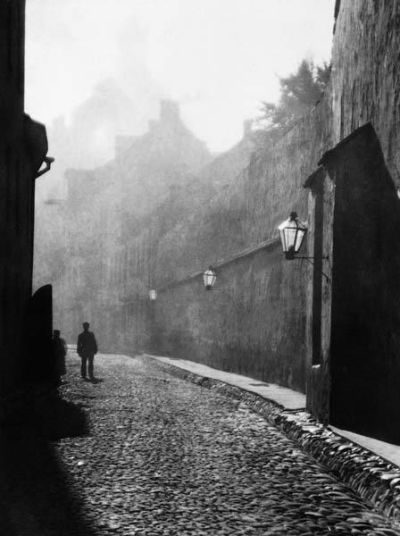
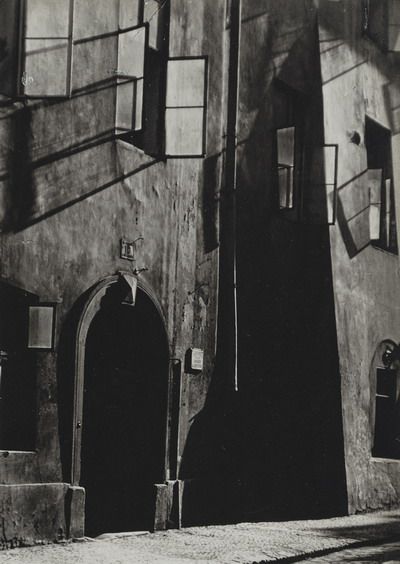
He used alternative photographic techniques, such as gum printing and bromography. He created touching portraits and symbolic landscapes, as well as photographed the peasants, continuing the tradition of the 19th century studio photography.
Bułhak continued his friendship with Ferdynand Ruszczyc. In 1930s he was a proponent of the concept of national photography – its goal was to accentuate Polish national identity and character. At that time, Bułhak, just like several other pictorialists in Poland, acquired some compositional techniques from the modernist “new photography.” He was also an amateur of pictorialist photography akin to that represented by the Photo Club de Paris, however sought to adapt it to the Polish specifics and tradition.
Bułhak wrote a number of articles and books on the aesthetics and techniques of photography, as well as tourist photography: Fotografika (1930), Bromide Technique (Technika bromowa, 1933), Aesthetics of Light (Estetyka światła, 1936), and National Photography (Fotografia ojczysta, 1951), which was an attempt to adapt the interwar concept of photography to socialist policies. It may be said that, after the WWII, the only continuator of Bułhak’s creative and ideological output was Tadeusz Wański. Paradoxically, the ideas behind pictorialism, deriving from the upper social class, constituted one of the three fundamental currents of socialist realism (1949-1955).
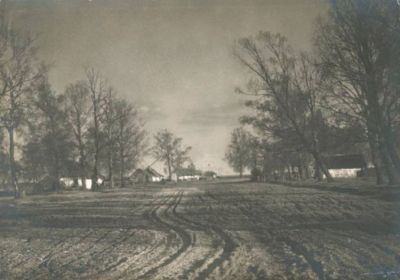
In 1944, after bombardments, Bułhak’s studio in Vilnius burned down; about 30 thousand negatives perished, but some were spared.
After the Second World War he moved to Warsaw, where he took photographs of the destroyed city and of the Recovered Territories (e.g. Wrocław). He participated in the exhibition titled Modern Polish Fotografika ) where he showed his abstract pieces.
Bułhak took part in more than 170 international exhibitions, and received a number of high awards. For his photograph titled Radość życia (“Joy of Life”), which shows a shaded room with sun rays entering, he received the Golden Medal at the International Photographic Show (Polish: X Międzynarodowy Salon Fotografii Artystycznej) in Warsaw in 1937.
He died suddenly in Giżycko during a photographic excursion on February 4, 1950.
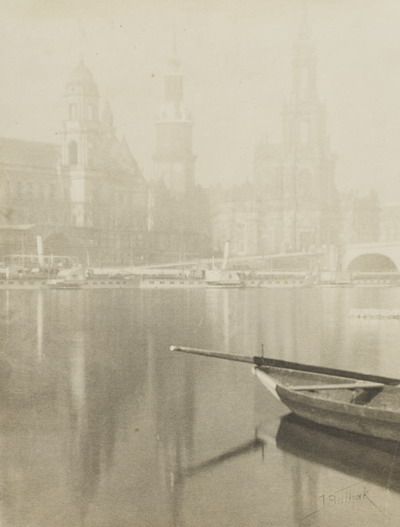
It was nice being reminded of his work and a worthy addition to your ‘photography inspiration’ series.
Thank you David